Forensic Chemical Examination is a type of forensic study. It is performed to detect, identify, quantify or exclude narcotic, poisonous, potent compounds, their conversion products in biological fluids, human organs and tissues, pharmaceuticals, drinks, food, objects and the environment. 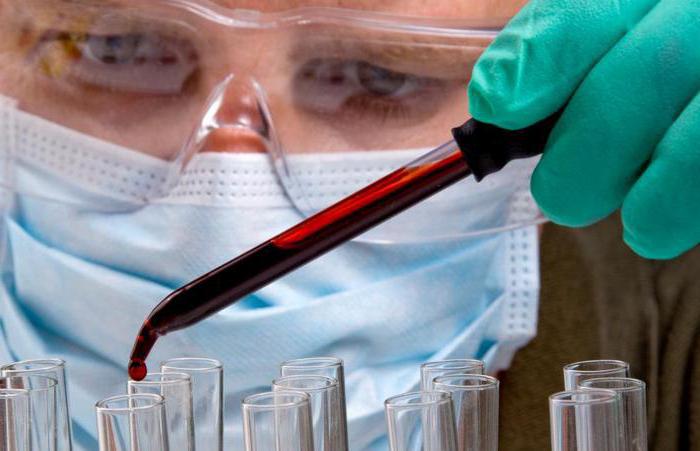
Tasks
Forensic Chemical Examinations carried out for:
- Definitions of toxicological substances causing death.
- Identification of narcotic, medicinal compounds that can affect the human condition.
- Quantitative, qualitative analysis of narcotic substances in biomaterial, other samples and samples of importance for forensic investigation and forensic practice.
Procedural moments
Research conducted in forensic chemical departments of the forensic examination bureau persons who have undergone special training. Specialists should have appropriate skills, experience and know the rules of the procedure. Experts need to regularly improve their skills, pass forensic tests, participate in seminars and conferences. Of no less importance is the study of the experience of foreign colleagues.
The basis for the study is forensic chemistry order. It is issued by the investigation / inquiry bodies. The study can also be carried out on the basis of a court ruling or in the direction of forensic experts. In some cases, the procedure can be carried out at the written request of medical institutions for identification in the patient’s body psychotropic substances. Forensic Chemical Examination in this case, it is aimed at assessing the effectiveness of the applied treatment.
Documents
Decree on the appointment of a forensic chemical examination, sample which is presented in the article, drawn up according to the rules established for documents of this type. It must contain mandatory details, including:
- The name of the authority that issued the decision.
- Name and position of the person making the document.
- Date of issue.
In the form of the decision on the appointment of a forensic chemical examination information about:
- Circumstances of the case.
- Objects sent for study.
The document should also indicate the questions that the expert should answer. Their wording should be clear and unambiguous. 
TO a decision on the appointment of a forensic chemical examination enclosed is an inventory of material evidence sent for research. Each object, shape, volume of vessels, method of sealing, label text should be described in detail.
If a forensic chemical examination carried out in relation to the corpse, an extract from the act of the forensic preliminary investigation with the main data is attached to the decision. This document is signed by a specialist who performed the primary procedures. If the deceased was in a medical facility for treatment, a copy of his medical history, certified in the prescribed manner, is also attached.
In case of repeated forensic chemical examination The conclusion made in previous studies is sent.
If the materials necessary for the expert were not sent, they should be requested.Moreover, the study may be delayed until they are received, except when an analysis is carried out to identify rapidly decomposing toxic substances.
Features of receiving objects
Material evidence and supporting documentation for examinations in the forensic department of the forensic medical examination come first to the office of the bureau. From there, in unopened form, they are transferred to the appropriate specialists.
Material evidence, unsealed, unpacked or with damaged packaging that came from the locality in which the laboratory operates, is sent back to the institution that sent them. This requirement does not apply to objects received from other cities. If the packaging is inappropriately identified, an act is drawn up in such cases. One copy is sent to the institution that sent the evidence. Only then can a study be conducted.
Room and equipment
Forensic chemical medical examinations performed in special laboratories. Their premises are equipped with an exhaust system, ventilation, utilities. Unauthorized persons should not be allowed to enter the laboratory.
The research room must comply with current sanitary standards. When equipping laboratories, safety regulations must be observed. The premises should be isolated from the rest of the offices of the bureau. Upon completion, they are closed and sealed.
The nuances of
A forensic chemical study should be started on the day the evidence is received. In this case, it is necessary to take into account the possibility of decomposition and volatility of individual compounds. This is especially important when performing forensic examination of alcohol, organic solvents, alkalis, cocaine, etc. 
If due to objective circumstances it is impossible to conduct an immediate investigation, the objects are placed in the refrigerator.
Expert Actions
The specialist should carefully examine the material evidence received for analysis, and describe them in detail in the workbook.
The expert needs to establish compliance of the received objects with the information from the accompanying documentation. Before direct analysis, a specialist draws up a plan.
To study, the expert takes 2/3 of the material sent, and 1/3 is placed in the refrigerator for re-analysis, if necessary. If the number of objects is limited, the specialist can use them fully in agreement with the investigating authorities or their supervisor.
Analysis methodology
The key objective of forensic chemistry research is to select the optimal method for detecting the required substances. Preliminary methods are used to identify and identify medicinal and chemical compounds. These include thin layer chromatography, color reactions, immune-enzyme methods, etc.
In addition, instrumental methods for identifying and identifying compounds can be used. Among them, for example, spectrometry in visible IR and UV regions, gas-liquid chromatography, atomic absorption spectrophotometry, etc.
Each of these methods has its own specifics. For example, when using UV spectrometry, it is necessary to take into account the influence of metabolites and other polluting compounds, the insufficient specificity of this method.
When using gas-liquid chromatography to reduce the likelihood of obtaining erroneous results due to surface absorption, losses during the evaporation of solvents associated with different input techniques, the internal standard method is used. A sample is selected that has physicochemical properties similar to the characteristics of the test substance.If possible, use the homologue of the analyzed object. 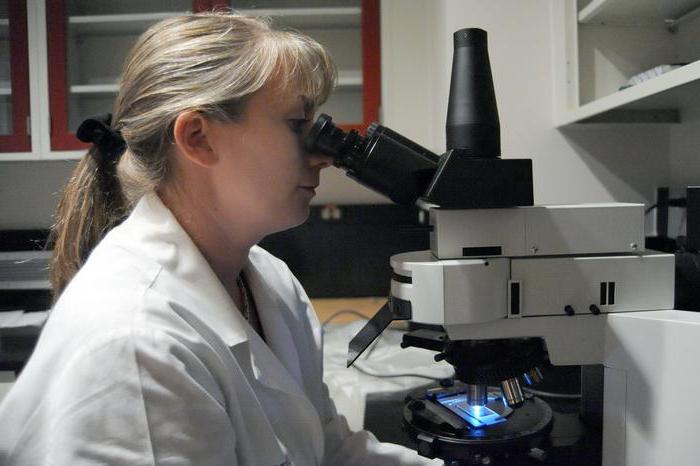
Practical difficulties
Many drugs, toxicologically important compounds are metabolized, as a result of which they break down into polar and conjugated products. Due to their low volatility, these compounds are practically not amenable to gas chromatographic analysis. Conjugates, in addition, are difficult to isolate (extract) using traditional extraction methods. In this regard, it is advisable to first destroy them using oxygen glycolysis. After this, metabolites should be extracted and subjected to derivatization (converted into a product with a similar chemical structure). This will improve thermal stability and increase volatility.
At the same time, it must be taken into account that individual compounds change during the above processes, which, in turn, can act as an additional sign of identification of substances and their decomposition products.
Specificity of the application of techniques
The study can be performed on a particular compound, group of substances or an unknown substance according to the general scheme of forensic analysis depending on the questions posed to a specialist.
If during the examination process there is a need to study other substances, the study should be expanded, which is recorded in the workbook.
In the analysis, it is necessary to use only those methods and perform such procedures with which the specialist is well acquainted and can take into account probable errors. Any changes to the techniques used should be documented. Moreover, the expert is obliged to justify the reasons for his actions and coordinate them with the management.
Dichloroethane poisoning: determination methods for forensic chemistry
Dichloroethane is a clear, colorless liquid with an odor similar to chloroform. A dose of 25-50 ml is considered fatal. The danger is both the ingestion of a substance and the inhalation of its vapor.
Dichloroethane poisoning is detected primarily by visual examination of multiple hemorrhages in the internal organs, damage to the kidneys, liver, hemorrhages and necrosis of the gastric mucosa. From the organs and cavities of the corpse emanates a characteristic smell of dried sweet mushrooms. 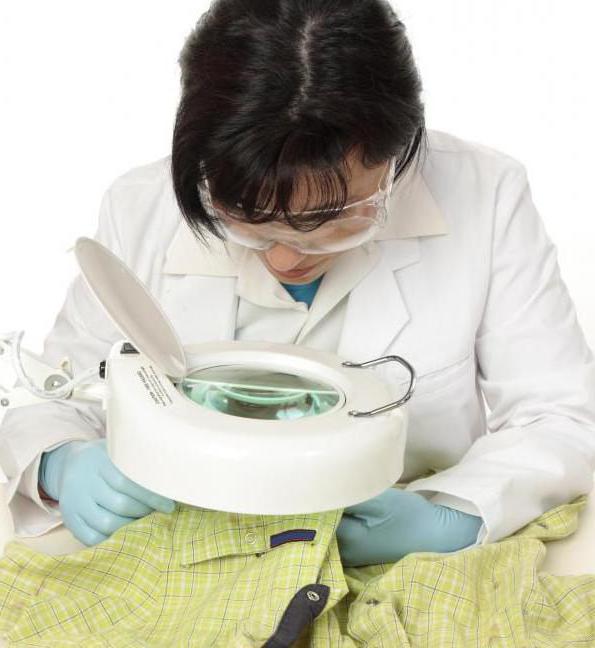
To identify dichloroethane, the brain, kidneys, liver, blood, and stomach contents are examined.
Analysis scheme
It is developed depending on the tasks assigned to the specialist. If possible, an expert should apply at least 2 independent research methods. Moreover, everyone should be based on different chemical or physical principles. This will ensure authenticity in identification.
If it is necessary to exclude or identify a wide range of harmful substances without a special task, an integrated approach should be used. It allows you to detect toxic substances, identify them and determine their quantity. For this, a screening analysis is performed using confirmatory techniques based on different analytical principles.
The results obtained using various methods compare and limit the range of the desired substances.
Quantitative methods
They are used in all possible cases. The amount of substance detected refers to 100 g of the sample and is expressed in the corresponding weight units.
All methods of quantitative analysis must be tested on the material that will be used in the analysis. It can be blood, tissues, etc. A certain amount of the substance is added to the biomaterial and studied. In this case, the detection limits, the absolute yield at different concentrations, the range of contents according to the Lambert-Behr law, reproducibility, and selectivity of the analysis are determined.
Before the study, it is necessary to verify the chemical purity of the reagents.They are checked in the limit quantity in which the specialist will use them, and with the same techniques and reactions that will be carried out during the study. 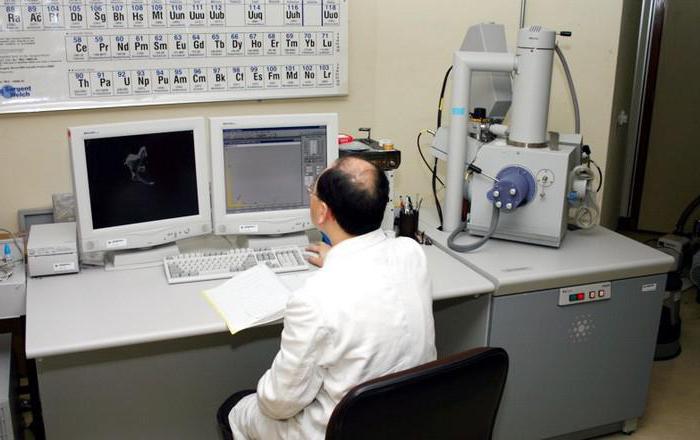
Questions to the expert
The specific list depends on various factors: research material, circumstances of the case, research objectives, etc. For example, forensic chemistry issues can be like this:
- What is the name and composition of the substance?
- Are the studied object and sample uniform in composition?
- Does the object belong to a specific group of substances (poisonous, potent, psychotropic, explosive, etc.)?
- Are there impurities in the object?
- Does the material contain a substance that, under certain conditions, can become a poison? If so, what kind of connection is it and how much is it in the object?
- Does the material contain substances harmful to health? If so, what are these connections?
Rules for the storage of materials
Material evidence before the start of the examination, in the process of its implementation, as well as after its completion must be in places ensuring their safety. Storage conditions vary depending on the properties of the objects. Evidence:
- Not subject to decay should be in the closed, sealed metal cases.
- Those subject to decay are stored in sealed containers that are placed in refrigerators or freezers.
- Presented in the form of toxic and potent substances must be stored in compliance with special rules for the reception, use, maintenance and dispensing of such compounds in forensic laboratories.
Additionally
Material evidence subject to decay, if it is impossible to return it to the investigative or judicial authorities due to the difficulties of their subsequent storage, remains in the forensic chemical department for a year from the date of completion of the study. This rule applies to internal organs, parts of a corpse, body fluids, body secretions, etc. 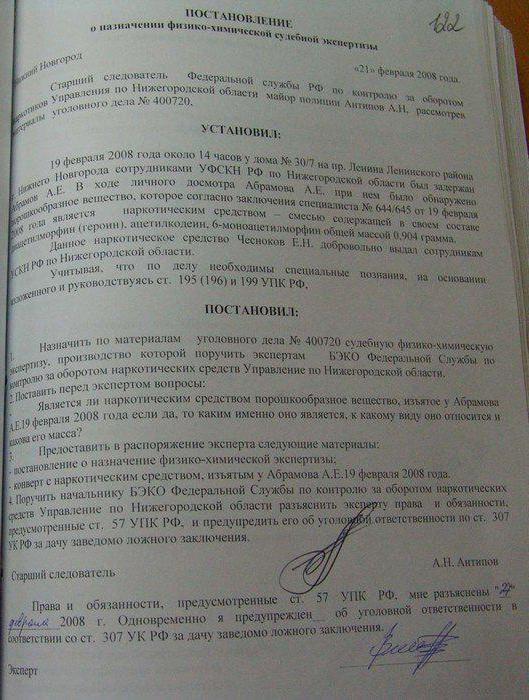
The processes of decay affect the results of the determination of ethanol in biomaterial. In this regard, the objects received to identify only this substance should be destroyed 30 days after the date of completion of the examination. In some cases, objects can be destroyed earlier than the specified time. For this, there must be a written permission of the state forensic expert, judicial or investigative body in charge of the proceedings.
Upon completion of the examination, the accompanying documentation is transferred to the archive. A copy of the expert opinion should be attached to it. Working documentation must be stored in cabinets in lockable cabinets and safes.